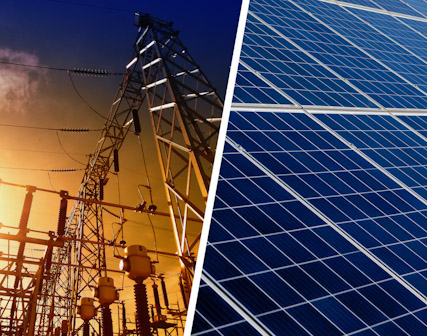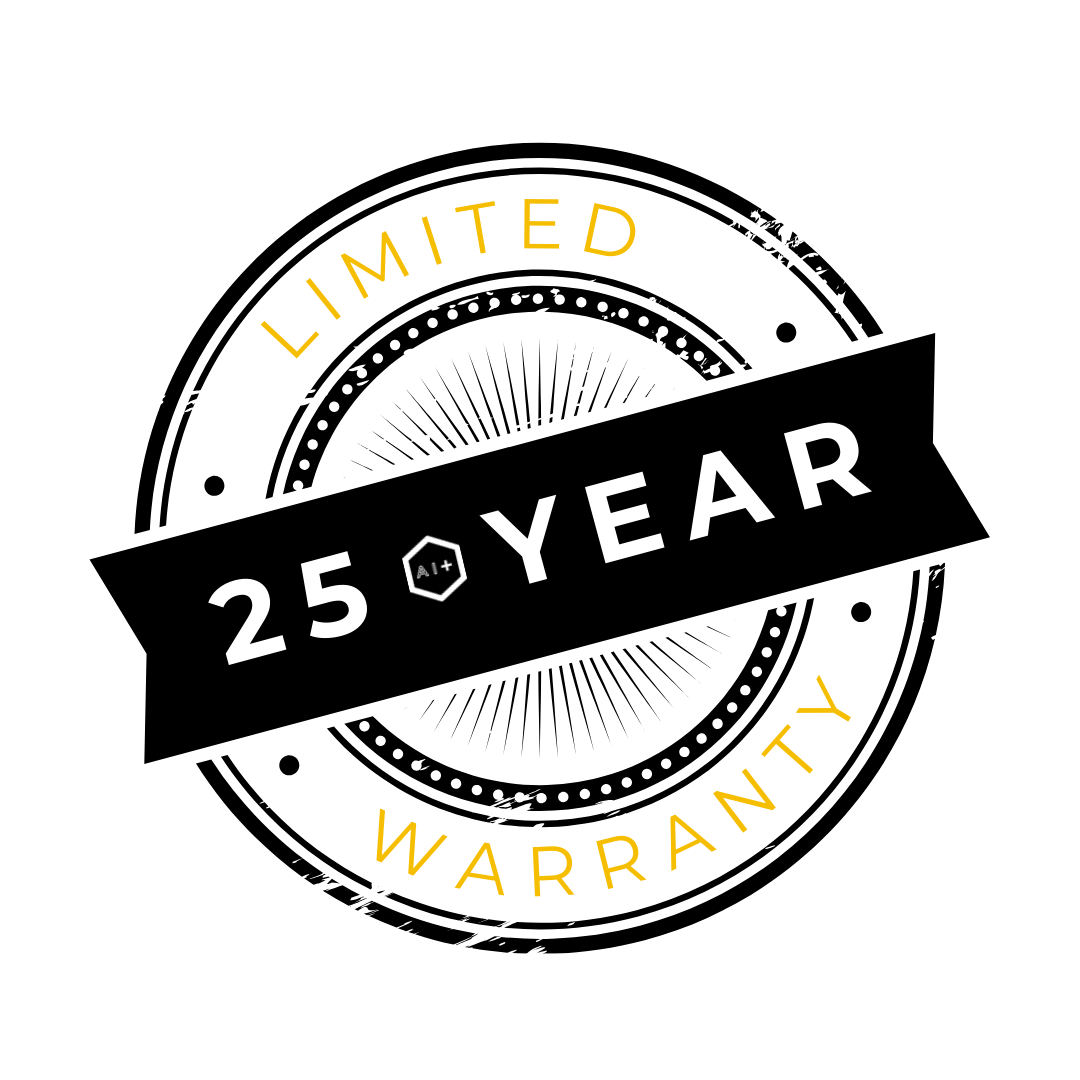It’s easy to flip a light switch or turn on an appliance and take for granted the remarkable journey electricity has made from its source to our homes. Life without electricity becomes more and more unfathomable as we journey further into the technological revolution. In 2020 alone, about 4.01 trillion kilowatt-hours (kWh) of electricity were generated at utility-scale electricity generation facilities in the U.S. Off-grid electricity has also been on the rise, seeing a two percent increase in capacity in 2020. Solar energy worldwide has now surpassed wind energy in output and is becoming the world’s future of energy generation.
What is lost on many people is how exactly grid electricity is generated, how solar works, and which is more efficient between the two. Well, here are some insights from your power storage experts at Storz Power.
Grid Power: The Basics
The ‘grid’ is a complex system that is tasked with funneling power from its place of generation, to the consumers who use it. Of course, there is no single or central grid for the entire country. There are multiple points of power generation and distribution, each with interconnections to thousands, sometimes even millions of homes and buildings.
When it comes to grid power, there are different ways of producing electricity but all begin at power plants where mechanical energy is converted into electric energy. The three main sources of grid electricity are coal-fired power plants, nuclear power plants, and wind farms. Once the power is harnessed, it is transmitted through power lines and distributed to substations such as neighborhood power boxes. Ultimately, the power from the power plants arrives at each home.
While grid power has been a source of energy for over a century, there are some rising concerns with its lasting viability. Some such concerns include:
- Environmental impact – Both coal-burning facilities and nuclear power plants create very harmful by-products and utilize precious resources on a large scale. While wind energy is healthier for the environment, it can be harder to generate consistent power at a fast rate.
- Volatility – Because of the electrical grid infrastructure (i.e. power lines, power boxes, etc.) power transmission to homes can be unpredictable, especially in the wake of natural disaster. Given the situation, power outages can cause major problems on a large scale.
- No backup power for home – A lot of areas on grid power are without a trusted failsafe in the event of power loss.
- Cost – Due to the utilization of precious resources, grid power costs are on the rise.
Due to some of these growing concerns surrounding the power grid, many have been exploring new power options in recent years. Among the most reliable is solar energy.
How Is Solar Power Harnessed
The concept of solar power is fairly basic. The sun produces energy for us which can be harnessed and used to power our homes. In fact, the sun produces enough energy in 90 minutes to handle the entire world’s energy consumption for a year. This is energy that is being constantly outputted without any of us lifting a single finger.
Solar energy systems use photovoltaic (PV) technology inside specially-made solar panels. When the sun shines onto a solar panel, energy from the sunlight is absorbed by the PV cells in the panel. This energy creates electrical charges that move in response to an internal electrical field in the cell, causing electricity to flow. In other words, these systems are able to capture and re-transmit the power of the sun. Since the sun is already the Earth’s lasting energy source, there is no harm to the environment, and costs of generation are relatively low.
Solar Power Storage
As mentioned before, power backup for the home on the grid is still somewhat unreliable. However, solar power backup is much simpler. At Storz Power, we have taken solar energy to the next level by offering batteries and inverters that pair with your existing solar and allow homeowners to store excess power for when they need it. These backup battery and power storage systems are also stackable, making it easy to control where the power is channeled throughout the home. Instead of relying on the general grid, homeowners can now have their own home power bank. It is fair to say that while power generation is moving slowly in a more sustainable direction, the future is looking very bright.
For more information on our power storage solutions, contact us at Storz Power today.



